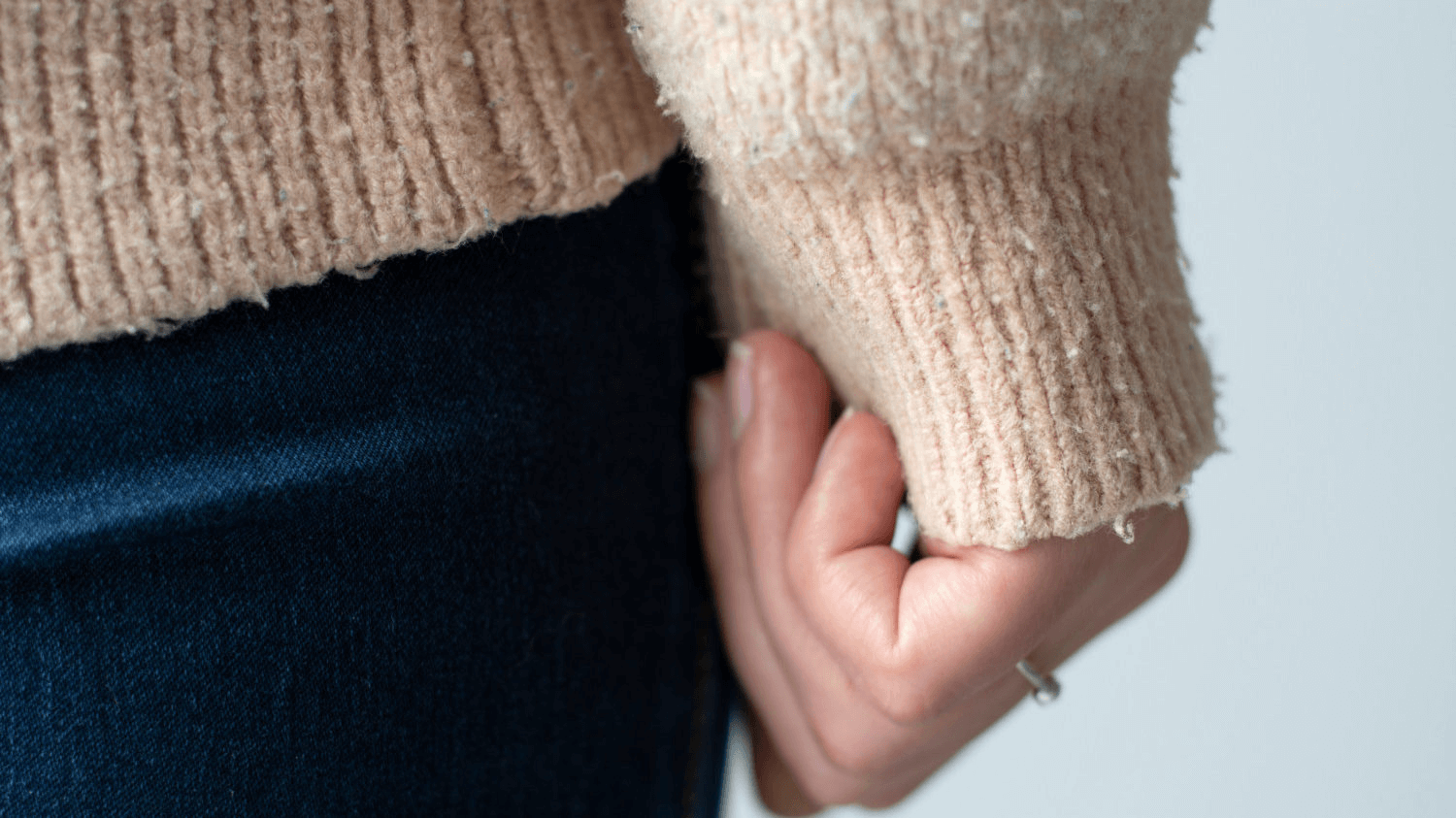Introduction Fabric pilling, which happens from wear and friction, is a common issue affecting fabric…
What is the Light Fastness Test for Textiles?
The light fastness test is conducted by exposing a textile specimen together with a set of blue wool references to artificial light under specified conditions and then comparing the two for colour change to assess the colour fastness.
Textiles are often exposed to light when in use and light can damage dyes and thus cause discolouration, darkening, etc. Light fastness of textiles is therefore an important indicator in textile testing.
Table of Contents
What are the standards for light fastness testing of textiles?
ISO 105 B01: Colour fastness test for textile – colour fastness to light: daylight. This standard applies to all types of textiles.
ISO 105 B02: Color fastness to artificial light: Xenon arc fading lamp test. This standard specifies a method intended for determining the resistance of the colour of textiles of all kinds and in all forms to the action of an artificial light source representative of natural daylight (D65). This method is also applicable to white (bleached or optically brightened) textiles.
ISO 105 B03: Color fastness test for textile – color fastness to weathering: outdoor exposure. This standard specifies a method intended for determining the resistance of the colour of textiles of all kinds except loose fibers to the action of weather as determined by outdoor exposure.
ISO 105 B04: Color fastness test for textile – color fastness to artificial light: Xenon arc fading lamp test. This standard specifies a method intended for determining the resistance of the colour of textile of all kinds, except loose fibers, to the action of weather as determined by exposure to simulated weathering conditions in a cabinet equipped with a xenon arc lamp.
ISO 105 B05: Color fastness test for textile – detection and assessment of photochromism. This standard specifies a method intended for detecting and assessing change in colour, after brief exposure to light, of coloured textiles which change in colour on exposure to light but which virtually return to their original shade when stored in the dark.
ISO 105 B06: Color fastness test for textile – color fastness and ageing to artificial light at high temperatures: xenon arc fading lamp test.
ISO 105 B07: Color fastness test for textile – color fasstness to light of textiles wetted with artificial perspiration. This standard sepcifies a method for determining the resistance of the color of textiles, of all kinds and in all forms, to the combined effect of wetting with acid or alkaline artificial perspiration solutions and an artificial light source representing natural daylight (D65).
How do you test the lightfastness of textiles? – ISO 105 B02
Principle and method: A textile sample is placed together with a set of blue wool specimens and exposed to artificial light under specified conditions. At the end of the exposure, the colour fastness is assessed by comparing the sample with a blue wool specimen for discolouration. For white textiles, the colour fastness is assessed by comparing the change in the whiteness of the specimen with a blue wool sample.
As there are many standards for testing the colour fastness of textiles to light, here is an introduction to the Xenon arc lamp lightfastness test method using ISO 105 B02 as an example. ISO 105 B02 specifies a method for testing the colour fastness of various types of textiles to artificial light (D65 daylight) and the following is the basic procedure.
If you would like to learn more about textile testing, please follow the TESTEX Textile Blog, which we will continue to update.
1 Preparation of test materials and light fastness apparatus
Bule wool references: European blue wool references 1 to 8, American blue wool references L2 to L9.
Note: The fading properties of the two sets of blue wool references may be different and therefore the results from the two sets of references are not interchangeable.
Humidity test control: The effective humidity can be measured only by assessing the light fastness of the specific humidity test control.
Light fastness tester: Xenon arc lamp apparatus, either air-cooled or water-cooled.
Opaque cardboard: Opaque material for covering specimens and parts of blue wool references, such as thin aluminium sheets or cardboard covered with aluminium foil.
Temperature sensor: either a black-panel thermometer (BPT) or black-standard thermometer (BST).
Gray scale for assessing change in colour, complying with ISO 105-A02.
Color-matching lamp: in accordance with CIE Publication No. 51, for assessing whiteness change.
Radiometer: As the irradiance of the specimen surface is related to the intensity of the light and the distance from the light to the specimen, a radiometer can be used to control the uniformity of the exposure.
2 Adjustment of the humidity
Expose the partially covered humidity control specimens to the light at the same time as the blue wool references until the colour difference between the exposed and unexposed parts of the humidity control specimens reached level 4 on the grey scale.
During this time, the light fastness of the humidity control specimens is assessed and checked daily and, if necessary, adjust the controller to maintain the specified temperature and humidity.
3 Exposure to xenon arc lamp
Under predetermined conditions, expose the specimens and the blue wool references to the xenon arc lamp at the same time. There are five methods of exposure, as described in ISO 105 B02.
Method 1: The exposure time is controlled by inspection of the specimen and therefore a set of blue wool reference is required for each specimen.
Method 2: The exposure time is controlled by checking the blue wool references, so a large number of specimens can be tested simultaneously with just one set of blue wool references.
Method 3: Exposing the specimen to the xenon arc lamp with two blue wool references is used to check that the specimen conforms to a performance specification.
Method 4: The specimen and the reference sample are exposed to the xenon arc lamp together to test whether the specimen is consistent with the reference sample.
Method 5: The specimen can be exposed to the xenon light alone or together with the blue wool references until the required irradiation is reached, for checking compliance with the approved irradiation energy values.
4 Lightfastness rating
Assess the lightfastness rating of the specimens according to the standard ISO 105 B02, writing a test report, and recording the relevant test conditions and test data.




This Post Has 0 Comments